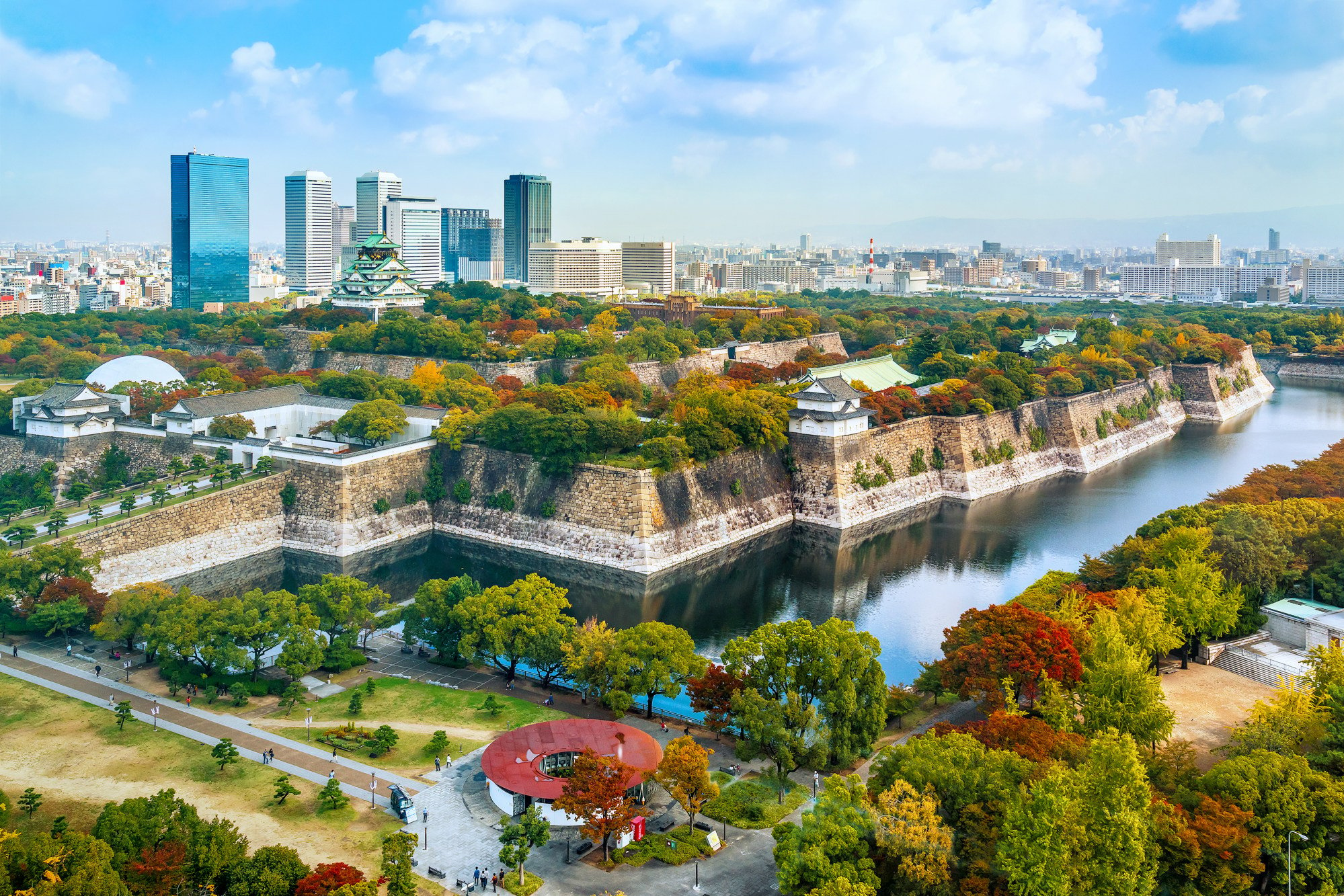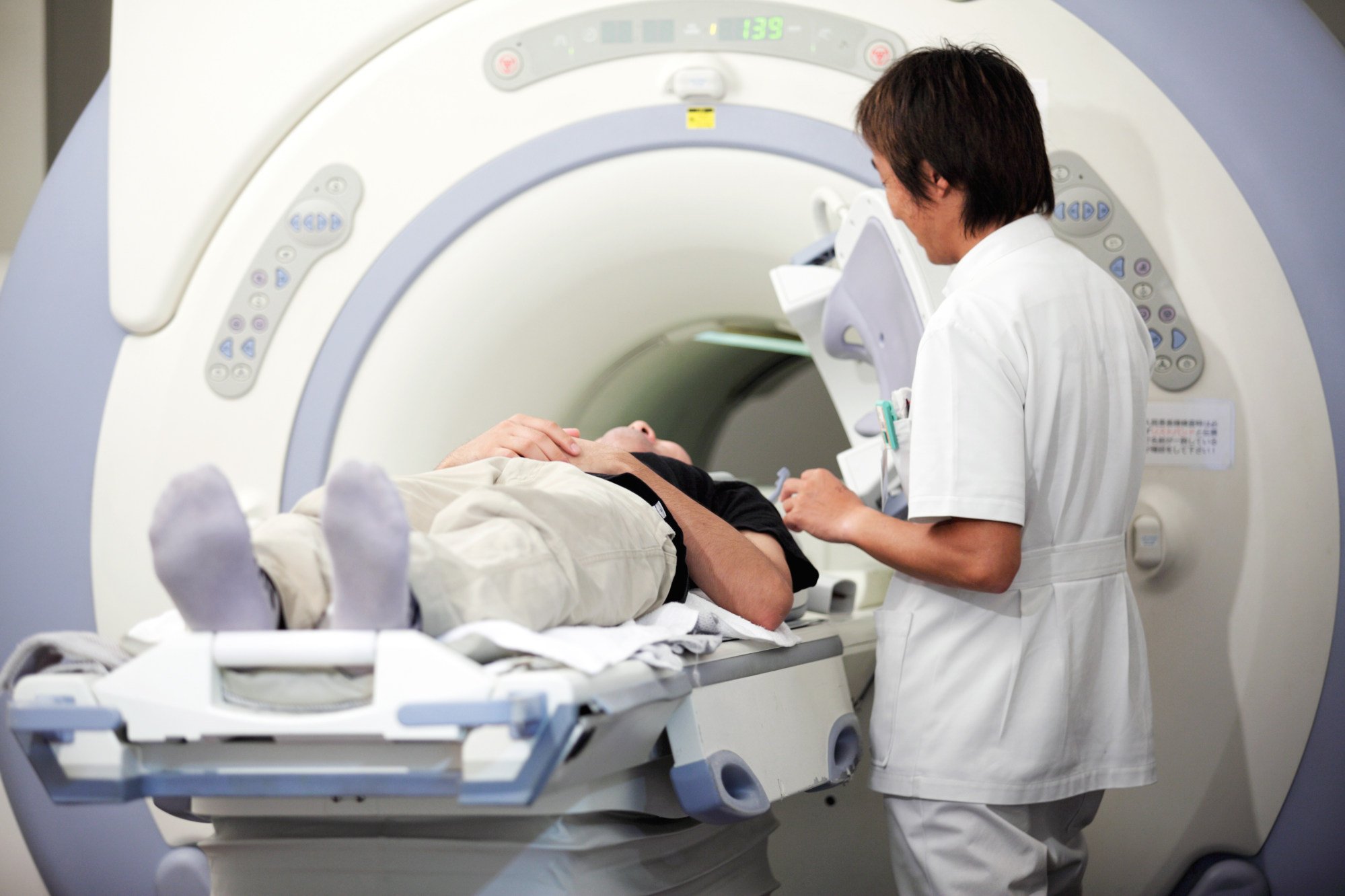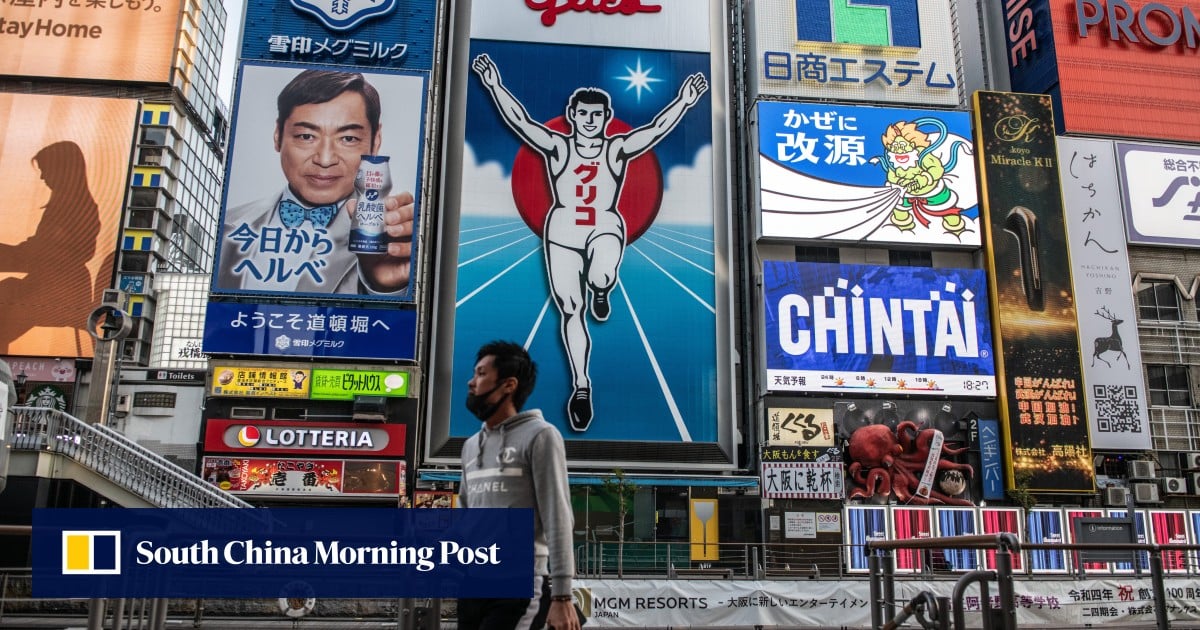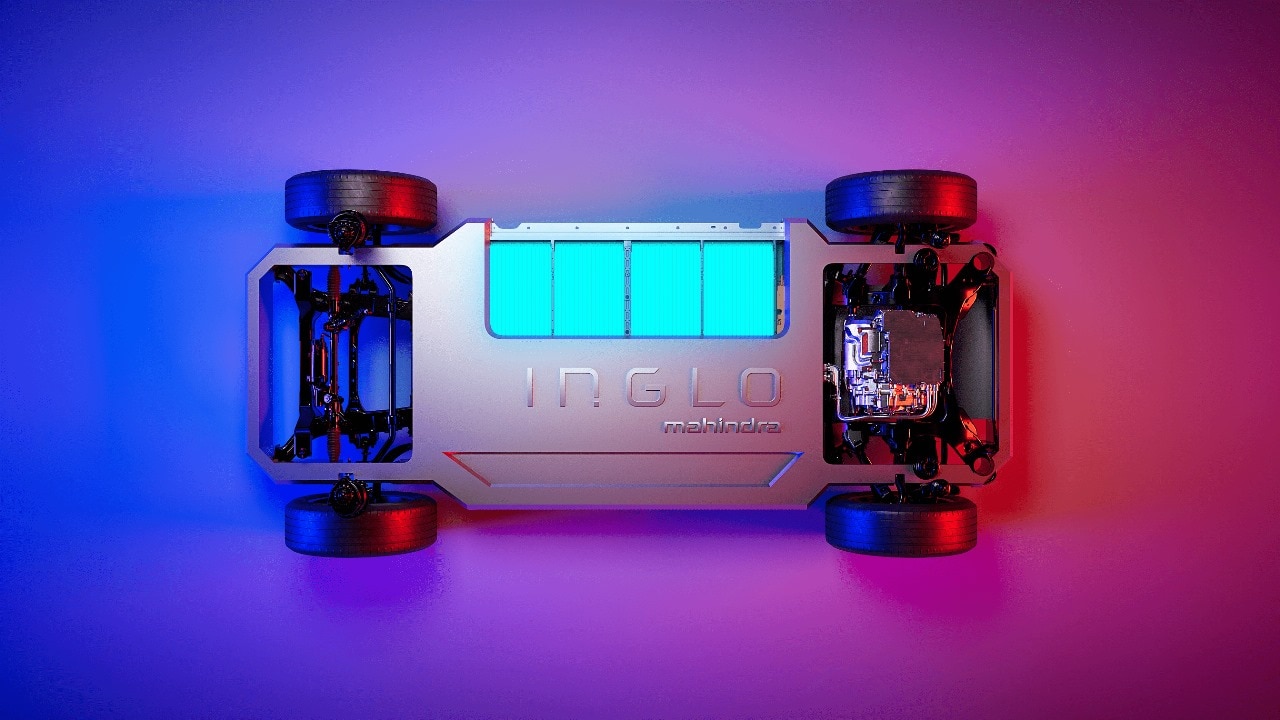Now, Osaka is one of a number of cities across Japan that is working with government ministries and private travel and health companies to attract people wanting to combine cutting-edge medical treatments with a recuperative holiday.
Other destinations with initiatives designed to similarly appeal to foreign nationals include Sapporo, in Hokkaido; Okinawa; Minokamo city, in Gifu prefecture; and Sendai city, in Miyagi prefecture.
In April, Osaka and domestic travel giant JTB set up the Osaka International Medical Contribution Promotion Committee [CONFIRM] to bring together institutions offering treatments and foreign nationals seeking care. To promote its services, the city has adopted a new slogan: “Osaka, the future city of life and health.”
Sun, sea, surgery – why Asia is ramping up medical tourism efforts
Sun, sea, surgery – why Asia is ramping up medical tourism efforts
In comparison with the likes of Singapore, Thailand, Malaysia and South Korea, “Japan’s medical tourism initiatives are just beginning but we are confident that we can soon be on a par with other countries in this sector,” says Takanori Matsushima, director of the Japan Medical and Health Tourism Centre (JMHC).
Before the pandemic, the organisation received most of its inquiries and medical tourism visitors from Russia and China, but there has been a sharp increase in requests for information from Hong Kong, Vietnam, Mongolia, other countries in Southeast Asia and the Middle East, he says.

“We have consistently received inquiries about advanced cancer treatments, but that seems to be diversifying into other areas of medicine,” Matsushima says.
“People are looking into treatment in Japan because of the high level of medical technology available here, as well as our reputation as being a safe and welcoming country, but the weakness of the yen in recent months has also helped to make Japan attractive.
“We are seeing that people in Hong Kong are looking for medical treatments and service that may not be easily available there and at an affordable cost.”
Landmark stem cell trial for spinal injuries starts in Japan
Landmark stem cell trial for spinal injuries starts in Japan
Matsushima says there are a number of areas in medical care in which Japan is ahead of the rest of the world, pointing to therapies using induced pluripotent stem (iPS) cells and developments in associated treatments. The JMHC has recently launched a service to culture and store iPS cells for therapies that rely on manipulated cells.
In April 2022, Osaka University’s medical school announced a breakthrough in the transplanting of corneal cells created from iPS cells. In a world first, the university was able to restore vision to three people who had only marginal sight. The university is now collaborating with private companies to make the procedure available to the public.

Key to the success of medical tourism in Japan will be communicating the care that is available, Matsushima says.
JTB has allied with overseas medical agents and is taking part in medical exhibitions around the world to stimulate interest. It also connects patients with the most suitable treatment provider; arranges travel to and from Japan, as well as accommodation for the patient and any companions; offers translation services; and provides follow-up services after patients have returned to their home countries.
‘A travel experience with added value’: Japan’s welcome mat for ultra-rich
‘A travel experience with added value’: Japan’s welcome mat for ultra-rich
Osaka intends to appeal to people seeking treatment by bringing together its medical facilities and its tourism appeal, says Koji Ogawa, manager of the Osaka International Medical Contribution Promotion Committee.
“Osaka and the wider Kansai region have many famous and prestigious medical institutions that are recognised as being among the best in the world in areas such as cardiology, cancer treatment and immunotherapy,” Ogawa says.
“And Osaka is also a great city for sightseeing.”







